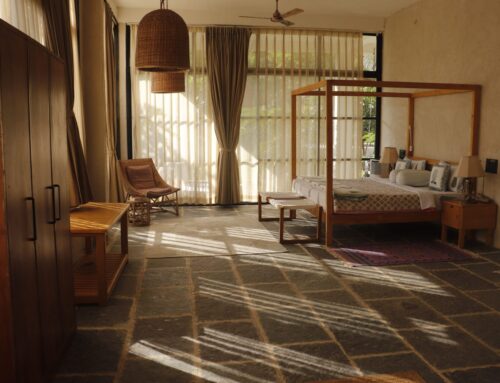In what could have been a risky manoeuvre, the 119-year old brand of Royal Enfield redesigned its motorbikes.
“Our design philosophy was to take all the essential characteristics of what makes a Royal Enfield bike and bring them into the 21st century,” says Siddhartha Lal, the managing director and chief executive of Eicher Motors, which owns and manufactures Royal Enfield motorcycles.
Mr Lal is the scion of the family that owns the Eicher Group. The group bought the original Royal Enfield – with its overhead-valve, single-cylinder, four-stroke engine – when the brand was on the verge of bankruptcy in 1995. The bike’s new unit construction engine (UCE) is an evolution of the company’s traditional cast-iron engine, an essential part of the Enfield look since the 1930s.
“We moved to the UCE platform equipped with electronic fuel injection, as it was technologically superior, required lower maintenance, met with the emission norms and is clean and green,” says Mr Lal. “However, we have consciously worked at blending this new-age technology with the bike’s timeless appeal.”
For now, the strategy seems to be paying off.
Until a new plant in Chennai is fully operational, customers have to wait six to nine months for their bikes. Last year, the company sold just under 75,000 motorbikes, more than three times the 22,743 it sold a decade earlier.
By some estimates, the Indian motorcycle market is at least five times the size of the country’s car market. An informal survey of Indian roads, where two-wheelers swarm like bees, lends credence to this notion.
The major players include Honda, Bajaj, Yamaha, TVS and Royal Enfield, with Hero Honda and Bajaj enjoying the highest market share. Recently, foreign competitors including Harley-Davidson, Triumph and Kawasaki have entered the market.
Harley-Davidson motorbikes retail for between 560,000 rupees (Dh37,000) for the SuperLow and 765,000 for the Roadster. The company says it has sold 1,000 bikes in the country since July 2010, a respectable number for India but low compared with the numbers Harley sells in neighbouring China or in Russia. A big obstacle is its steep – for India, anyway – price. Harley plans to address this by building an assembly plant in India to circumvent Indian import tariffs that effectively double the price of a bike.
At the Mint Luxury Conference, held in Mumbai in March, Anoop Prakash, Harley-Davidson’s managing director in India, talked about inclusiveness rather than Harleys being perceived as an unaffordable luxury, achieving this in part through financing partnerships and opening showrooms in smaller cities.
“We want to remove all obstacles to ownership and enjoyment for our customers,” said Mr Prakash.
Royal Enfield and Harley-Davidson say they do not compete with but complement each other.
Most serious riders begin with a Royal Enfield and then “upgrade” to a Harley. But Indian customers have a “keen sense for seeking value at every step, which requires us to prove that our ownership experience is the best investment in time and money they can make for themselves”, said Mr Prakash.
The timing is right for Royal Enfield, by some indicators. The research firm RNCOS says “the Indian two-wheeler market possesses a significant potential” and is anticipated to grow at an annual average of about 11 per cent through 2015, to 17.8 million units.




I have owned a Harley for 3 years and love but I have wanted a Royal Enfield for just as long. A Harley Dealer (Cycle Stop) just started selling Royal Enfield. Good stuff
Indeed Two Tire Tirade.